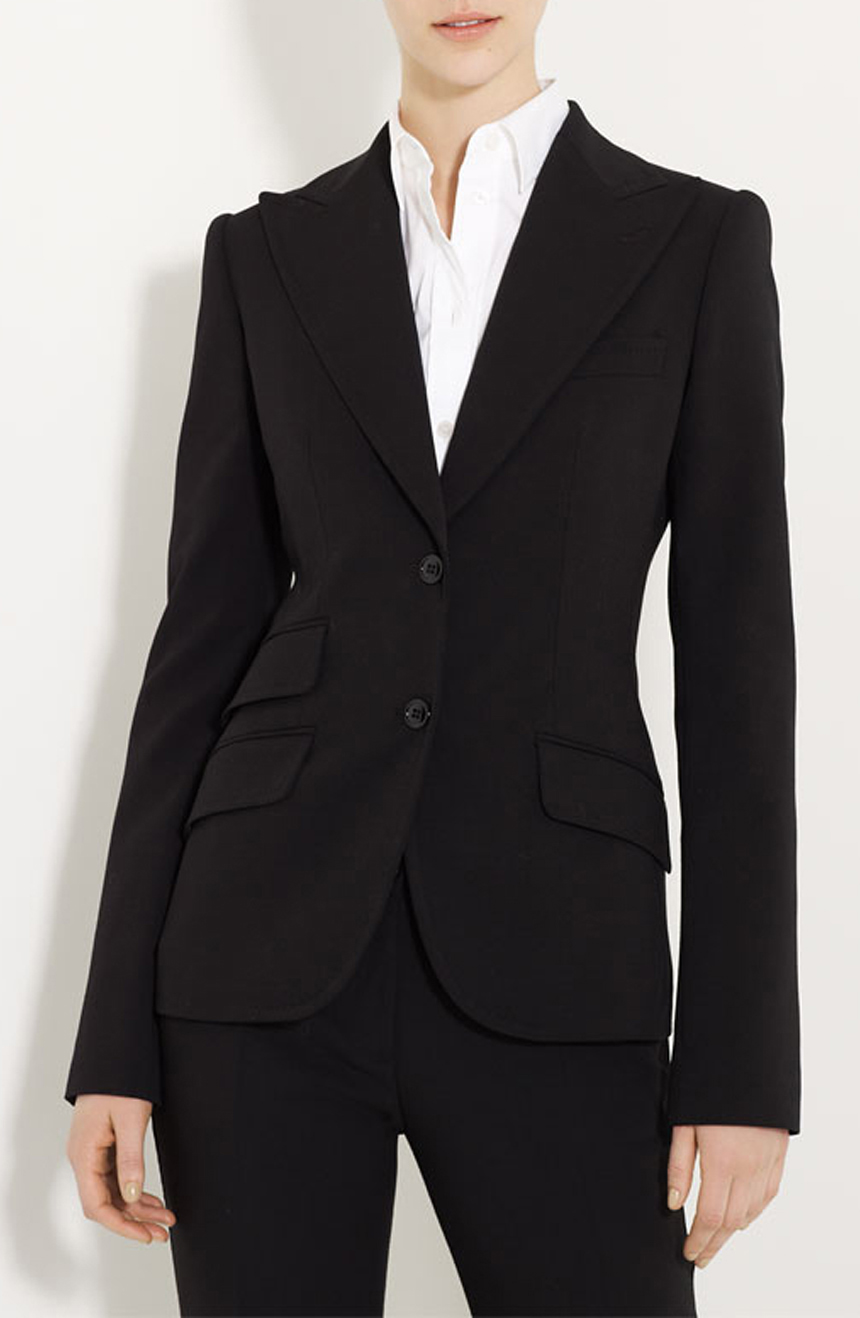Tailor Tuxedos Perth: Custom Tuxedos for Unique Occasions
Tailor Tuxedos Perth: Custom Tuxedos for Unique Occasions
Blog Article
Understanding the Tailoring Process: From Fabric Choice to Final Suitable for the Suitable Closet
The tailoring procedure is a complicated interplay of art and science, starting with the vital decision of fabric option and finishing in the accurate adjustments of last installations. Each fabric kind brings special high qualities that influence not just the aesthetic appeal yet likewise the garment's longevity and viability for different occasions.
Relevance of Material Selection
Picking the best textile is vital in the tailoring procedure, as it directly affects the comfort, resilience, and total aesthetic of the last garment. The choice of fabric establishes the foundation for the garment's efficiency, functionality, and design. Different materials possess distinct buildings, such as breathability, stretch, and weight, which can substantially affect exactly how the garment drapes and fits the body.

A tailored item made from an ideal material not only showcases workmanship yet likewise elevates the user's self-confidence. Recognizing the nuances of fabric option is critical for any customizing endeavor. It makes certain that the end product not just meets the aesthetic needs of the client yet likewise straightens with practical requirements, therefore accomplishing an unified balance in between type and feature in the tailored closet.
Kinds Of Fabrics and Their Usages
Comprehending the numerous types of textiles offered is essential for making notified choices during the customizing procedure. Each material has distinct features that dictate its viability for specific garments and events.
Cotton, recognized for its breathability and gentleness, is excellent for laid-back wear and summer season clothing. Its adaptability allows it to be tailored right into every little thing from t-shirts to gowns. Woollen, on the other hand, is favored for its heat and framework, making it an excellent option for official suits and outerwear. Its natural elasticity assists garments keep shape in time.
Silk shows luxury and is lightweight, making it ideal for eveningwear and delicate blouses; nevertheless, it needs mindful handling as a result of its fragility. Linen, with its textured finish, is a popular choice for warm climates, offering a crisp and airy feel, however it wrinkles quickly, which may impact the garment's appearance.
Synthetic materials, such as polyester and nylon, offer sturdiness and resistance to creases, making them appropriate for daily wear and active clothes. Comprehending these material types and their residential properties enables for much better decision-making, making sure that each tailored piece not only fits well yet additionally straightens with the designated function and event.
The Tailoring Techniques Explained
The art of customizing relies upon a selection of methods that transform fabric right into well-fitted garments. Central to this procedure is pattern preparing, where a tailor develops layouts based upon the client's measurements and wanted style. This initial action makes certain that the garment will certainly fit the wearer effectively prior to any type of cutting takes place.
When patterns are established, reducing methods enter play. Accuracy is vital as inaccuracies can bring about misfitting garments. Tailors commonly use various reducing methods, such as single-layer reducing for elaborate designs and multiple-layer reducing for efficiency on typical patterns.
Basting is one more important strategy, enabling dressmakers to briefly sew material items together for an initial fitting (wedding suits perth). This technique supplies the opportunity to analyze the drape and overall shape before final find more info sewing
Seaming techniques, consisting of flat-felled joints and French seams, improve the garment's longevity and aesthetic allure. Tailors also utilize strategies such as interfacing and padding to supply framework and shape to certain locations, like collars and shoulders.
Lastly, completing strategies, including hemming and edge ending up, ensure the garment's longevity while supplying a sleek look. With each other, these methods develop the foundation of efficient tailoring, causing splendid, custom-fit apparel.

Suitable Modifications and Factors To Consider
After the preliminary customizing strategies have actually been used and the garment is built, suitable adjustments become critical to attaining the perfect fit. These adjustments resolve various aspects of the garment, guaranteeing it contours to the wearer's physique and boosts overall appearance.

The surge of pants is an additional essential variable; it should Read Full Report rest pleasantly over the hips without creating pain, permitting for simplicity of motion. Hemming lengths for both pants and skirts should reflect the user's recommended design while appreciating proportions.
Furthermore, attention should be offered to the rear of the garment, making certain that there are no undesirable pulls or excess textile - tailor suits perth. Each modification ought to be meticulously taken into consideration, as also minor alterations can dramatically influence the general fit and aesthetic of the customized piece, ultimately bring about a closet that exhibits confidence and refinement
Preserving Your Tailored Wardrobe
Constantly follow the treatment tag directions, which might recommend completely dry cleansing for delicate textiles or machine cleaning for even more resilient products. Stay clear of regular laundering, as this can put on down the fabric and change the garment's form.
Storage is similarly vital; use padded wall mounts for coats and coats to preserve shoulder framework, and shop trousers folded nicely or hung to stop creasing. Safeguard garments from straight sunshine, which can fade colors and damages fibers.
Additionally, regular evaluations for minor repair services can stop bigger problems. Inspect for loose buttons, fraying seams, or signs of moth damages, addressing these troubles promptly to keep the garment's honesty.
Last but not least, take into consideration seasonal turning. Using tailored pieces in small amounts permits textiles to recuperate, prolonging their lifespan. By implementing these upkeep strategies, you can guarantee that your customized garments stay as pristine as the day you first used them, boosting your suitable wardrobe for years ahead.
Final Thought
The customizing process, including textile choice, knowledgeable methods, and specific fitting modifications, plays a crucial function in developing garments that enhance both comfort and design. Understanding the significance of upkeep expands the life of tailored garments, solidifying their worth in a well-curated closet.
Report this page